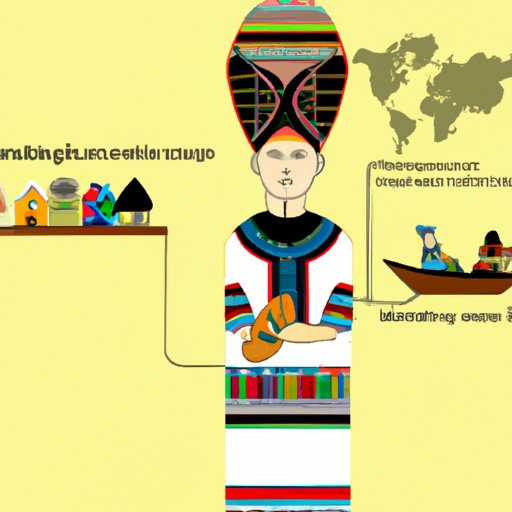Introduction
Cultural geography is an interdisciplinary field that combines elements of human geography and cultural anthropology to explore how culture influences the physical landscape. It examines the relationship between people and place, investigating the ways in which culture shapes and is shaped by the environment. By studying the impact of culture on geographic landscapes, cultural geographers can gain insight into the history, politics, and beliefs of a particular region or culture.
Definition of Cultural Geography
According to the Oxford Encyclopedia of Geography, “cultural geography is concerned with the spatial aspects of human cultures and societies.” This includes the study of topics such as language, religion, art, architecture, and customs. It also examines how these various cultural elements interact with and are affected by the physical environment. In other words, cultural geography looks at how culture has an impact on the land, as well as how the land impacts culture.
Overview of the History and Development of Cultural Geography
The roots of cultural geography can be traced back to the 19th century when it was first developed as a subfield of geography. At this time, the focus was primarily on the study of folk culture and traditional lifestyles. As the discipline evolved, it began to incorporate more elements from anthropology, sociology, and history. Today, cultural geography is a vibrant, interdisciplinary field of study that encompasses a wide range of topics and perspectives.
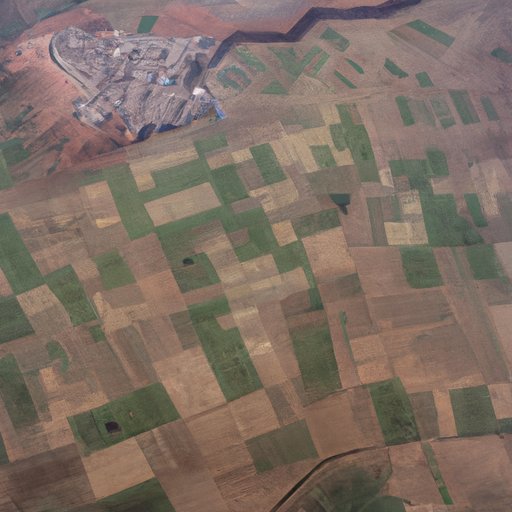
Exploring the Impact of Culture on Geographic Landscapes
Cultural geography seeks to understand the ways in which culture affects the physical landscape. For example, it studies the influence of local customs and traditions on the built environment, such as the architecture of a region or the layout of a city. It also looks at how cultural practices and beliefs shape the natural environment, including the use of resources and land management practices.
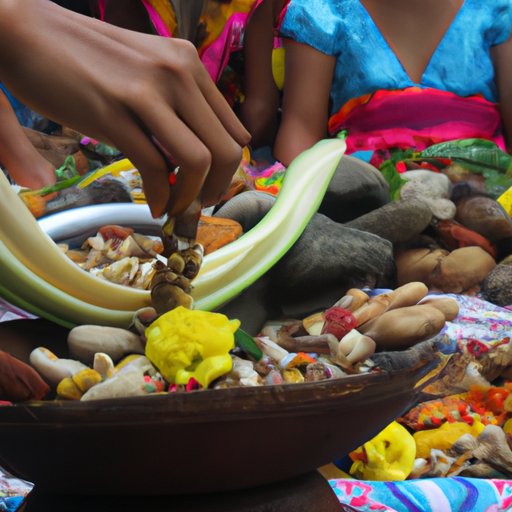
Understanding the Influence of Local Customs and Traditions
Cultural geography is particularly interested in how local customs and traditions shape the physical landscape. For instance, a study published in the journal Geographical Review found that traditional fishing practices in the Philippines had a significant impact on the coral reef ecosystems in the area. The researchers concluded that “local customary fishing practices have been integral to the management of reefs and the sustainability of fisheries in the Philippines for centuries.”
Examining the Relationship Between People and Place
In addition to exploring the influence of local customs and traditions on geographic landscapes, cultural geography also looks at the relationship between people and place. This involves examining how individuals and communities interact with their physical environment and how they are affected by it. For example, research published in the journal Annals of the Association of American Geographers found that socio-economic factors such as poverty and inequality have a significant impact on the health and wellbeing of urban populations. The authors concluded that “urban poverty and inequality have a direct effect on health outcomes and should be addressed in order to improve public health.”
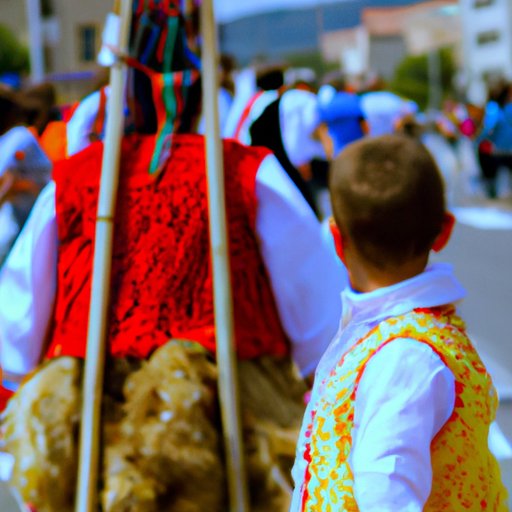
Investigating Local Customs and Traditions
Cultural geography also investigates how migration and globalization affect local customs and traditions. Migration, for example, can lead to the spread of new ideas and practices, as well as the introduction of foreign cultures into a region. On the other hand, globalization can lead to the homogenization of cultures, as global trends and consumerism become increasingly dominant.
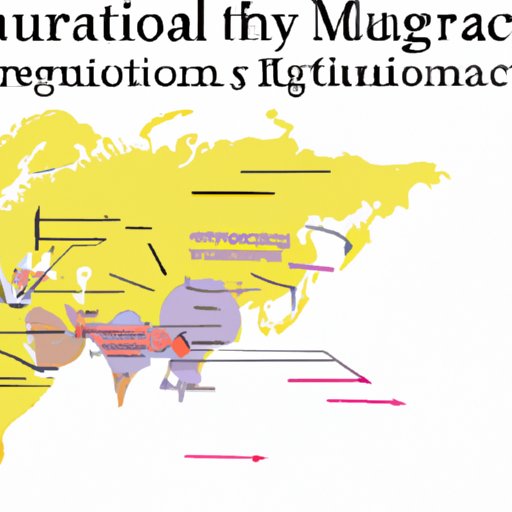
Analyzing the Influence of Migration on Cultural Geography
Migration can have both positive and negative effects on cultural geography. On the one hand, it can lead to the spread of new ideas and practices, which can enrich local cultures and create a more diverse landscape. On the other hand, it can also lead to the displacement of local communities and the erasure of traditional cultures. A study published in the journal Progress in Human Geography found that international migration can lead to “the homogenization of cultural landscapes, the loss of local distinctiveness and the erosion of cultural diversity.”
Studying the Effects of Globalization on Cultural Geography
Globalization can also have a profound impact on cultural geography. As global markets become increasingly interconnected, local cultures can become subsumed by global trends and consumerism. This can lead to the homogenization of cultures and the loss of traditional practices. A study published in the journal Geoforum concluded that “globalization is leading to a homogenization of cultural practices and identities across the world.”
Conclusion
In conclusion, cultural geography is an interdisciplinary field that seeks to understand the relationship between people and place. It examines how culture shapes and is shaped by the physical environment, looking at topics such as language, religion, art, architecture, and customs. It also investigates how migration and globalization affect local cultures, as well as how they lead to the homogenization of cultures and the erosion of cultural diversity. By studying the impact of culture on geographic landscapes, cultural geographers can gain insight into the history, politics, and beliefs of a particular region or culture.
Summary of the Main Points
This article explored the definition and history of cultural geography, its influence on geographic landscapes, and how migration and globalization shape it. It discussed how cultural geography looks at how culture has an impact on the land, as well as how the land impacts culture. It also examined the ways in which local customs and traditions shape the physical environment, as well as how migration and globalization can lead to the homogenization of cultures and the erosion of cultural diversity.
Recommendations for Further Study
Further research is needed to better understand the relationship between culture and geography. This could include studies on the impact of climate change on culture, the role of technology in reshaping cultural landscapes, and the ways in which globalization is affecting local cultures. Additionally, further research is needed to examine how cultural geography can be used to inform policy decisions and encourage sustainable development.
(Note: Is this article not meeting your expectations? Do you have knowledge or insights to share? Unlock new opportunities and expand your reach by joining our authors team. Click Registration to join us and share your expertise with our readers.)
